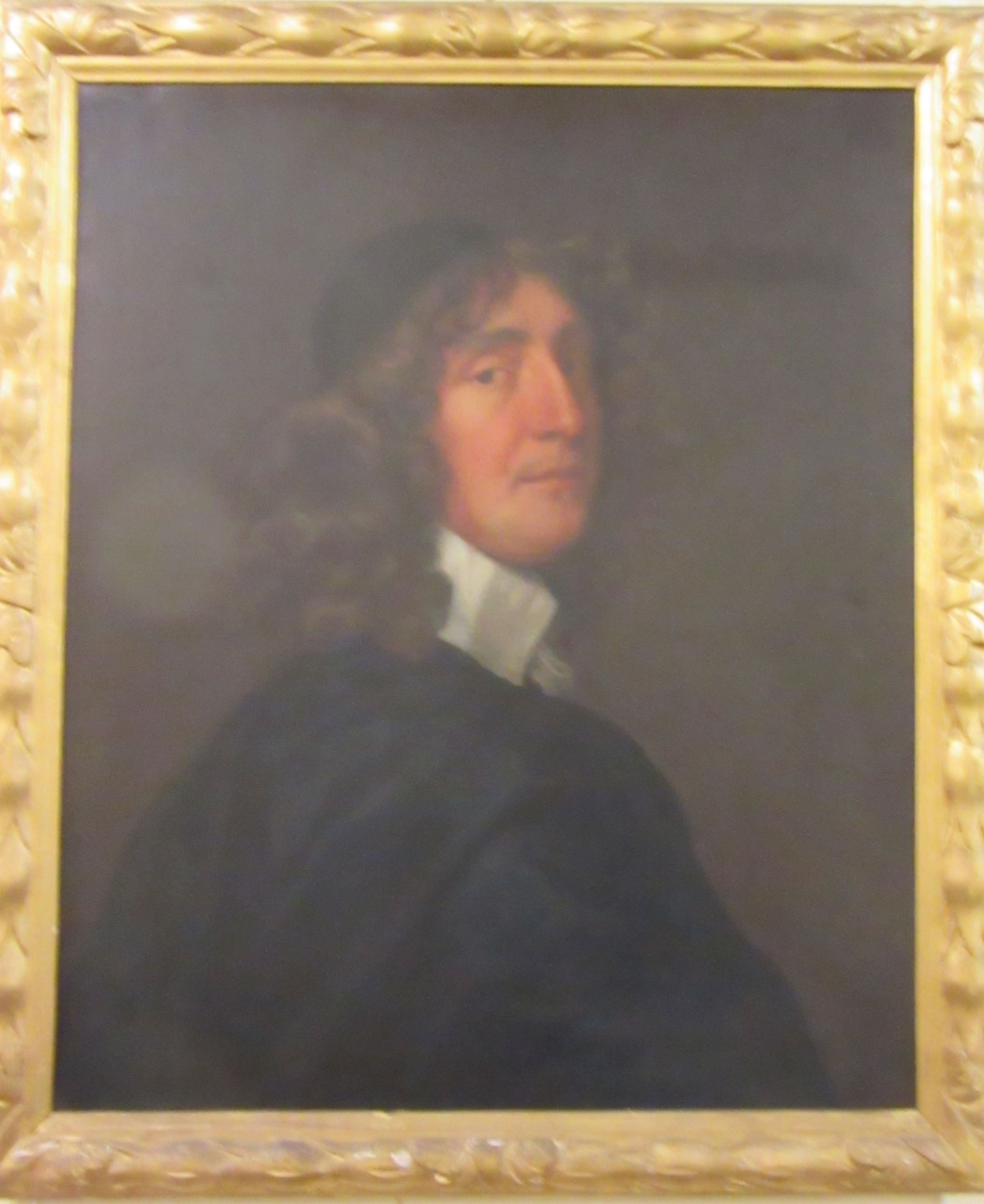Today is Thanksgiving, celebrated in the United States and Brazil on the 4th Thursday in November (Canada celebrates on the 2nd Monday in October with a few other countries throughout the World using either of these or dates around these days as well). Thanksgiving is a harvest based celebration, and, more importantly here, is also connected with early English settlements in the United States. It’s a chance for us a post a blog featuring one of the treasures of the Library, John Smith’s beautiful map of Virginia, dated 1612.
Smith was Governor of the Colony of Virginia and one of the founders of Jamestown, the first permanent English settlement in the United States. Smith’s map is orientated with west at the top, the best way to represent on paper this elongated stretch of country. The Chesapeake Bay is the horizontal stretch of water just below the centre of the map with Jamestown, in red, on the Powhatan (now called the James) River. Smith shows the areas both explored, often by himself, and unexplored, using crosses on the rivers to show the limits of European knowledge. Most striking though are the images of Native American life, on the left is a scene showing the local chieftain Powhatan and members of the Powhatan tribe while on the right is a Native American with the inscription ‘the Sasquesahanoughs are a gyant like people & thus a-tyred’. Maps played a crucial role in the early history of the United States. Dutch, English and French interests in territory made the setting down of ownership and boundaries on maps and documents a way of establishing claims and legitimacy to land which would go on to play a crucial role in the way the early history of the country developed.
horizontal stretch of water just below the centre of the map with Jamestown, in red, on the Powhatan (now called the James) River. Smith shows the areas both explored, often by himself, and unexplored, using crosses on the rivers to show the limits of European knowledge. Most striking though are the images of Native American life, on the left is a scene showing the local chieftain Powhatan and members of the Powhatan tribe while on the right is a Native American with the inscription ‘the Sasquesahanoughs are a gyant like people & thus a-tyred’. Maps played a crucial role in the early history of the United States. Dutch, English and French interests in territory made the setting down of ownership and boundaries on maps and documents a way of establishing claims and legitimacy to land which would go on to play a crucial role in the way the early history of the country developed.
This map comes from a book Smith wrote about his time in Virginia, called ‘The First Booke of the First Decade contanying the Historie and Travaile into Virginia-Britania‘, and came to the Bodleian from the collection of Elias Ashmole, founder of the Ashmolean Museum. Ashmole had donated his collection to the Ashmolean in 1677, this was then passed onto the Bodleian in 1860.
MS. Ashmole 1758. 1612





